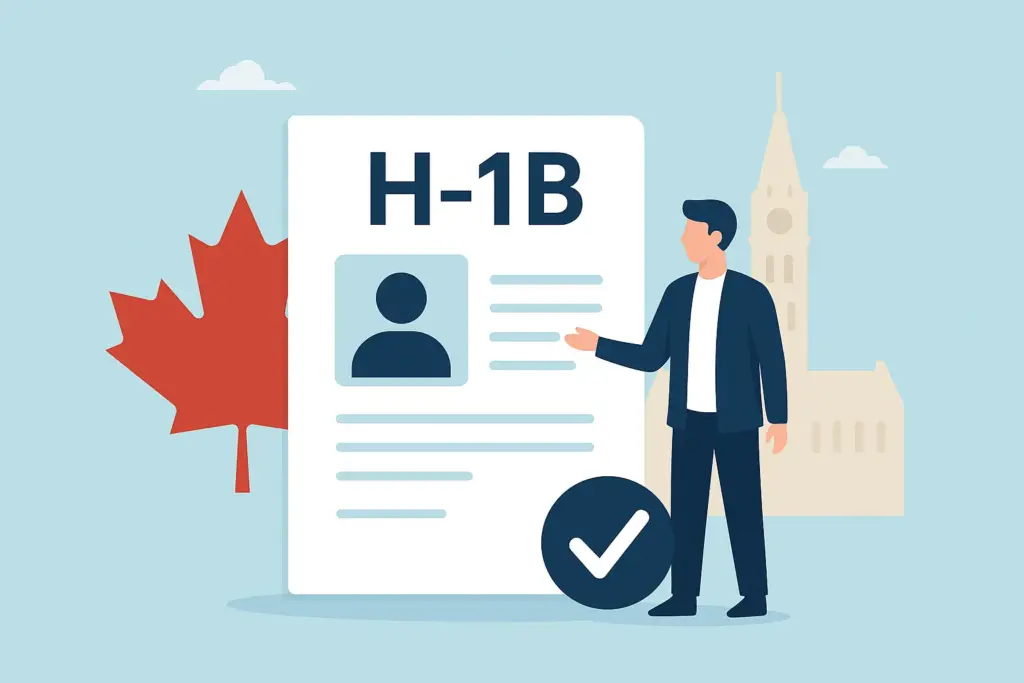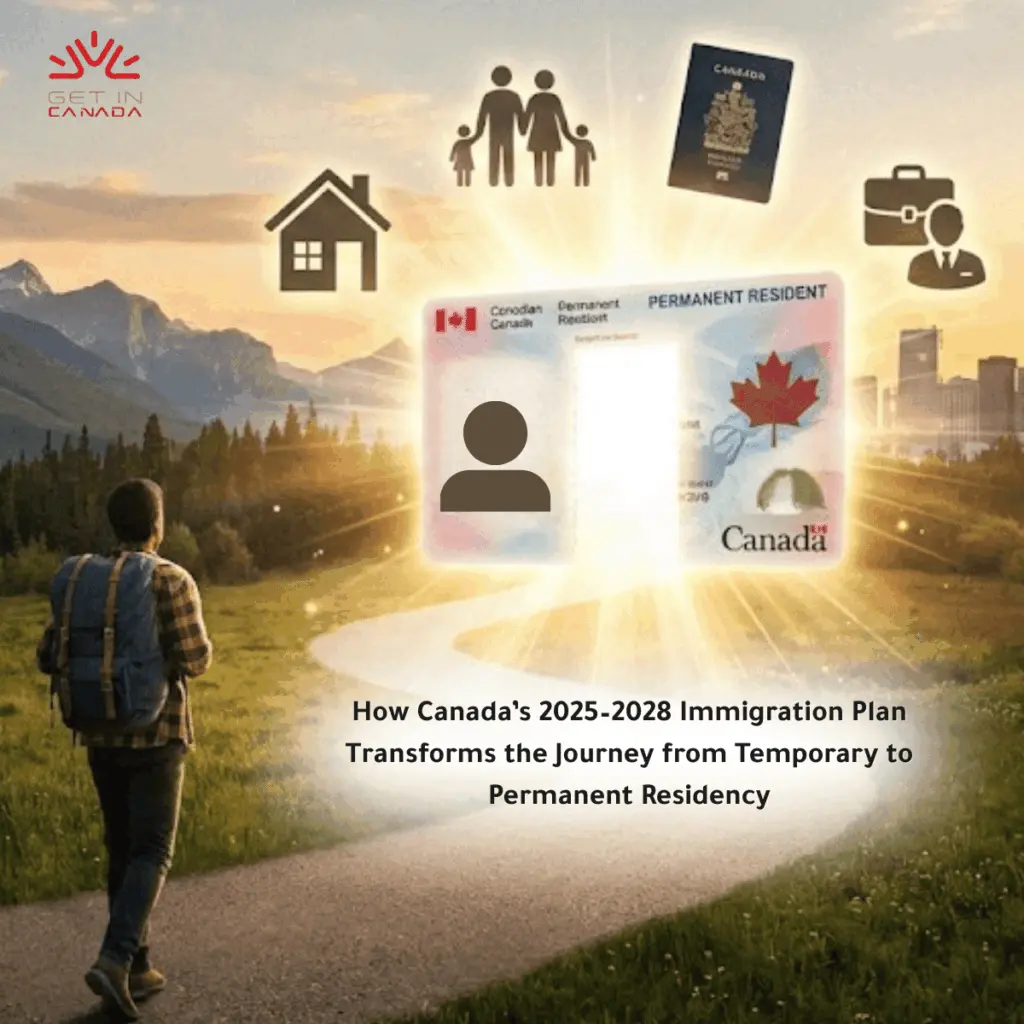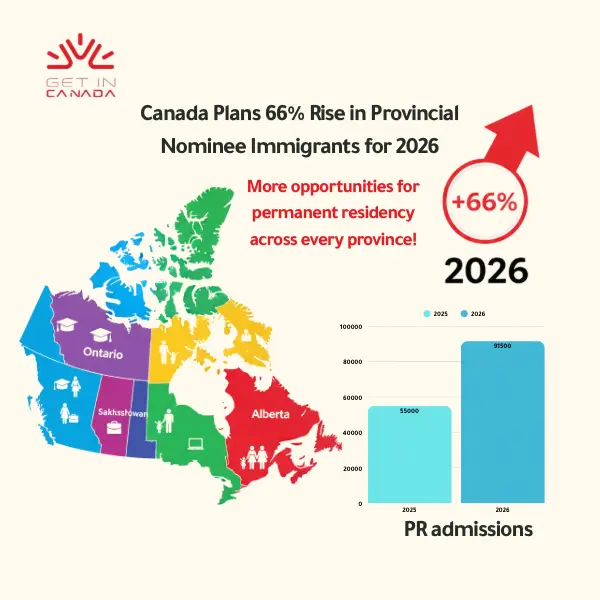Canada H-1B Immigration Pathway A New Fast-Track Option for Skilled Workers

Canada is launching a major initiative to attract top global talent through a new Canada H-1B immigration pathway, designed specifically for skilled workers currently holding (or previously holding) H-1B visas in the United States. This new fast-track option is part of Canada’s 2025 strategy to strengthen innovation, research, and the tech workforce.
This move comes at a time when many H-1B professionals face rising fees, long processing times, and job uncertainty in the U.S. The updated Canadian program offers an alternative that is simpler, faster, and more stable.
What Is an H-1B Visa?
Before exploring the Canada H-1B immigration pathway, it’s important to understand what the H-1B visa is.
The H-1B is a U.S. work visa that allows American employers to hire foreign workers in specialized professions, such as:
- Software engineering
- IT and cybersecurity
- Healthcare and medicine
- Research and science
- Engineering and technical fields
Book Your Consultation Session →
The visa is employer-dependent, usually valid for three years with limited flexibility. If a worker loses their job, they risk losing legal status—one of the key reasons many professionals are considering Canada as a long-term alternative.
What Are the New Changes for H-1B Workers in Canada in 2025?
Canada’s new measures directly support the Canada H-1B immigration pathway, making it easier than ever for H-1B holders to transition into Canada.
Here are the key updates:
- Canada is creating a direct accelerated pathway for current and former H-1B holders to apply for permanent residence.
- The federal government is investing $1.7 billion CAD to expand university research and innovation funding—opening thousands of positions ideal for skilled workers.
- Nearly $97 million CAD will go toward improving credential recognition for internationally trained professionals in IT, healthcare, engineering, and more.
- The U.S. recently increased H-1B petition fees to up to $100,000, making the Canadian alternative more attractive.
These changes signal a clear intention: Canada wants to recruit tech talent that is struggling with the limitations and uncertainties of the U.S. system.
Can You Move to Canada With a U.S. H-1B Visa?
Yes—thanks to the Canada H-1B immigration pathway, the process is now easier and faster.
Here’s how the new system helps:
- H-1B visa holders can apply directly for Canadian permanent residence through the new fast-track program.
- Canadian immigration will recognize U.S. H-1B work experience and education more easily through the new credential-recognition fund.
- The program builds on the earlier H-1B Open Work Permit initiative, which reached 10,000 applicants in under 48 hours—showing massive demand.
- Applicants will benefit from quicker processing and a more stable path to long-term residency.
For many skilled workers in the U.S., this is a chance to secure a more predictable career and immigration future.
Why Canada Wants H-1B Talent
The Canada H-1B immigration pathway is part of a bigger strategy aimed at:
- Strengthening the tech sector
- Filling critical shortages in healthcare, engineering, and research
- Competing with the U.S. for global talent
- Supporting the 2025–2028 immigration growth plan
Book Your Consultation Session →
With many H-1B workers facing uncertainty in the U.S., Canada sees a chance to bring in thousands of highly skilled professionals ready to contribute immediately and wants to offer a faster, more reliable alternative.











